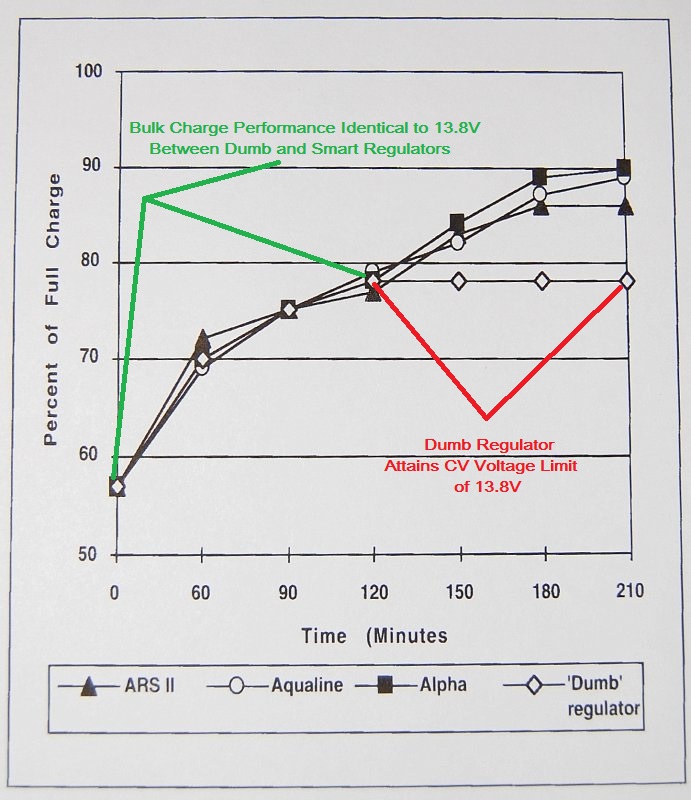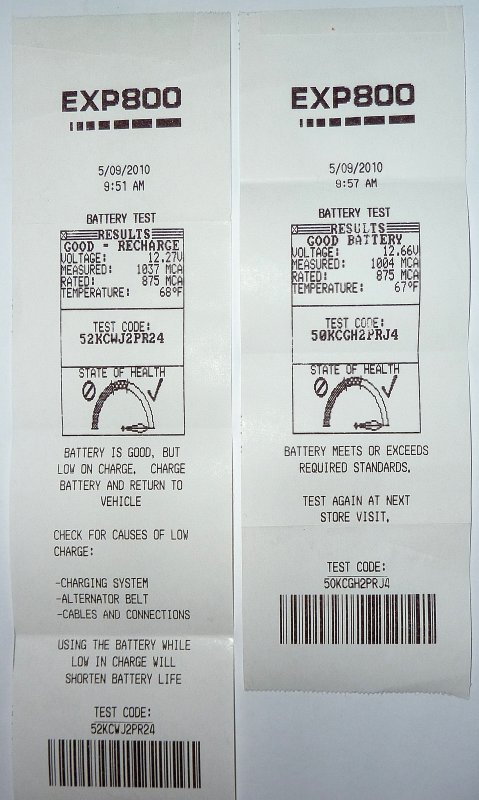Bill's right - it's a SYSTEM
If you've got an M25 or even an M35 series Universal, a 3/8 belt works just fine, but tension it properly. See reply #21 http://c34.org/bbs/index.php/topic,4454.15.html
Some use 7/16 belts. I have a 100A with the 3/8 belt on our M25 (1986) engine. We also purchased and use the belt tensioner.
Don't overthink the belts and pulley thing. Calder does, you don't need to.

You need to advise what engine you have. The whole alternator belt sizing is SO way over discussed. MS is right, you're gonna be lucky to get 50 A outta your 90 A alternator because of "battery acceptance" even with a 1/2 full house bank. Search on that phrase to get to some very good recent discussions about that subject.Question?
Would you recomend using a 3/8 or 1/2 belt with a 90 amp alternator. I was reading Caldor's book last night and it's quite an interesting project selecting the right combination of belt/pulleys.
If you've got an M25 or even an M35 series Universal, a 3/8 belt works just fine, but tension it properly. See reply #21 http://c34.org/bbs/index.php/topic,4454.15.html
Some use 7/16 belts. I have a 100A with the 3/8 belt on our M25 (1986) engine. We also purchased and use the belt tensioner.
Don't overthink the belts and pulley thing. Calder does, you don't need to.


